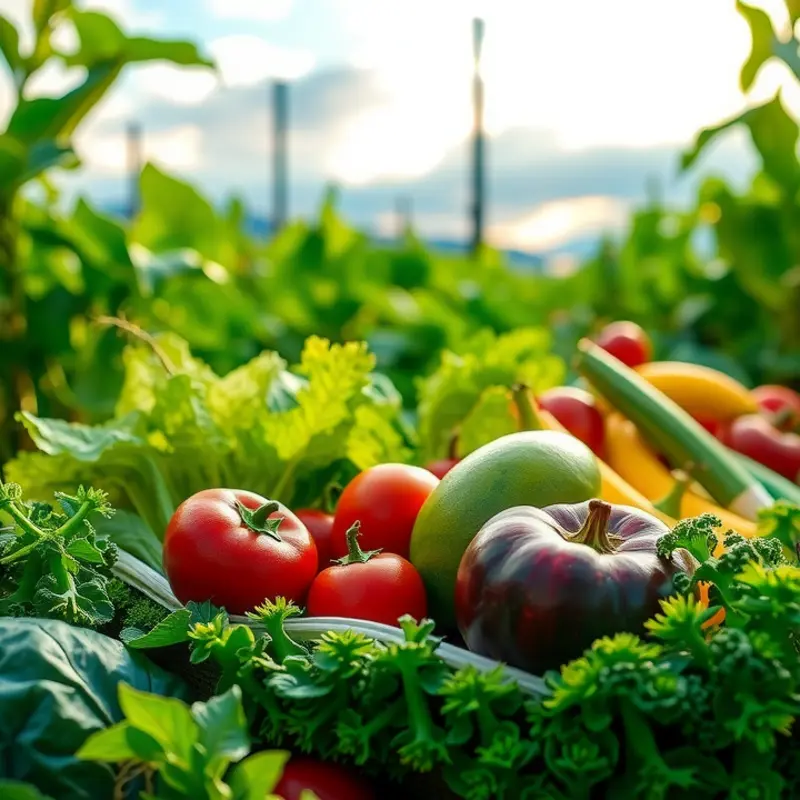Pasteurization is a widely-used process designed to kill harmful bacteria in food products, particularly dairy and juices. As concerns about nutrition rise, many question whether this heat treatment diminishes the nutritional value of these foods. Understanding the implications of pasteurization is vital for making informed dietary choices. Here, we delve into the nutritional stakes and clear up the misunderstandings surrounding pasteurization.
Understanding Pasteurization: What & Why

Pasteurization is a thermal treatment process crucial for ensuring food safety and extending shelf life. Its primary objective is to eliminate pathogenic microorganisms that can cause food-borne diseases. Developed in the 19th century by Louis Pasteur, this process transformed food safety standards across the globe, significantly reducing the incidence of illnesses related to dairy and other perishable items.
The core principle of pasteurization is simple: foods and beverages are heated to a specific temperature for a predetermined period and then rapidly cooled. This process effectively kills harmful bacteria such as Salmonella, Listeria, and E. coli. By targeting these microorganisms, pasteurization prevents diseases while preserving the food’s inherent qualities as much as possible.
This method is especially prevalent in the dairy industry, where it plays a fundamental role in producing safe milk products. However, pasteurization is not exclusive to dairy; it’s widely used in the production of juices, canned foods, and even eggs. The adaptation of pasteurization across various sectors highlights its vital importance in maintaining food safety.
One key benefit of pasteurization is its ability to extend the shelf life of products. By minimizing bacterial growth, products can be stored for longer periods without spoilage. This advantage is crucial not just for consumers, but also for reducing food waste across supply chains. To learn more about reducing food waste, refer to low-waste cooking prep, which includes techniques compatible with pasteurized products.
Critics sometimes claim that pasteurization might impact the nutritional profile of foods. However, studies suggest that the nutritional loss is minimal and is outweighed by the health benefits of removing pathogens. For instance, vitamin C content might slightly decrease, but the levels of key nutrients like calcium and proteins remain relatively unchanged.
Understanding the pasteurization process is essential when discussing its impact on nutrition. It’s noteworthy that pasteurization isn’t a one-size-fits-all process; variations like high-temperature short-time (HTST) and ultra-pasteurization exist, each tailored to specific product needs. HTST is commonly used for milk, heating it to 161°F (72°C) for 15 seconds, while ultra-pasteurization heats it to 280°F (138°C) for two seconds, further extending shelf life.
In conclusion, pasteurization is a cornerstone of modern food safety. Its ability to effectively eliminate harmful bacteria while retaining nutritional content underscores its value. For those questioning its impact, the consensus remains that the benefits far outweigh any potential drawbacks. By comprehending this process, we can better appreciate its role in our daily consumption and broader food ecosystem.
Nutritional Impact: Fact vs. Fiction

The belief that pasteurization destroys essential nutrients is widespread, yet it requires careful examination. During the pasteurization process, food products, especially dairy and juices, are heated to specific temperatures to eliminate harmful microorganisms. Critics argue this heat treatment compromises vital nutritional components, but scientific evidence suggests otherwise.
One of the primary concerns involves the loss of vitamins during pasteurization. Admittedly, some sensitive vitamins, such as vitamin C, do experience reduction due to heat. However, the decrease is often minimal and comparable to the natural degradation these vitamins undergo during storage. Pasteurization predominantly affects products in a way that balances nutrient preservation and microbial safety, ensuring that such foods remain safe for extended consumption.
Furthermore, an examination of proteins reveals that pasteurization does not significantly alter their nutritional value. While extreme heat can denature proteins, the mild temperatures used in pasteurization are not sufficient to compromise their structural integrity or digestibility. This ensures that the protein content in pasteurized milk remains virtually identical to that in its raw counterpart. Similarly, essential minerals like calcium are stable and unaffected by the pasteurization process.
Despite the minor losses during pasteurization, these products can still play a crucial role in a balanced diet. Pasteurized milk, for instance, continues to be a valuable source of proteins, calcium, and other nutrients. Including pasteurized juices can contribute to daily vitamin intake without the risk of exposure to harmful pathogens present in raw juices.
The benefits of consuming pasteurized products over raw ones underscore their value. Raw milk and unpasteurized juices pose significant health risks, including pathogen exposure that can lead to serious illnesses. In contrast, pasteurization acts as a preventive measure, fostering safety without sacrificing critical nutritional value.
For individuals embarking on a nutritional journey, tailored advice on maintaining a balanced diet while incorporating safe food choices is essential. Our guide here on minimal prep dinner ideas can offer valuable strategies for incorporating pasteurized products effectively.
In conclusion, while pasteurization may prompt slight nutrient alterations, its advantages in ensuring safety and preserving nutritional quality make it a preferable choice. This understanding helps debunk the myth, highlighting how pasteurized products—when consumed wisely—remain nutritious components of a healthy eating regime.
Final words
In summation, while pasteurization does introduce some changes to the nutritional profile of foods, the net benefits of food safety and preservation significantly outweigh these concerns. By killing harmful bacteria, pasteurization makes dairy and juices safer for consumption, protecting against foodborne illnesses. While some sensitive vitamins might diminish slightly, the overall nutrient availability and safety of pasteurized foods maintain them as healthy choices. Opting for pasteurized products ensures you’re safeguarding both health and nutrition taken together.








